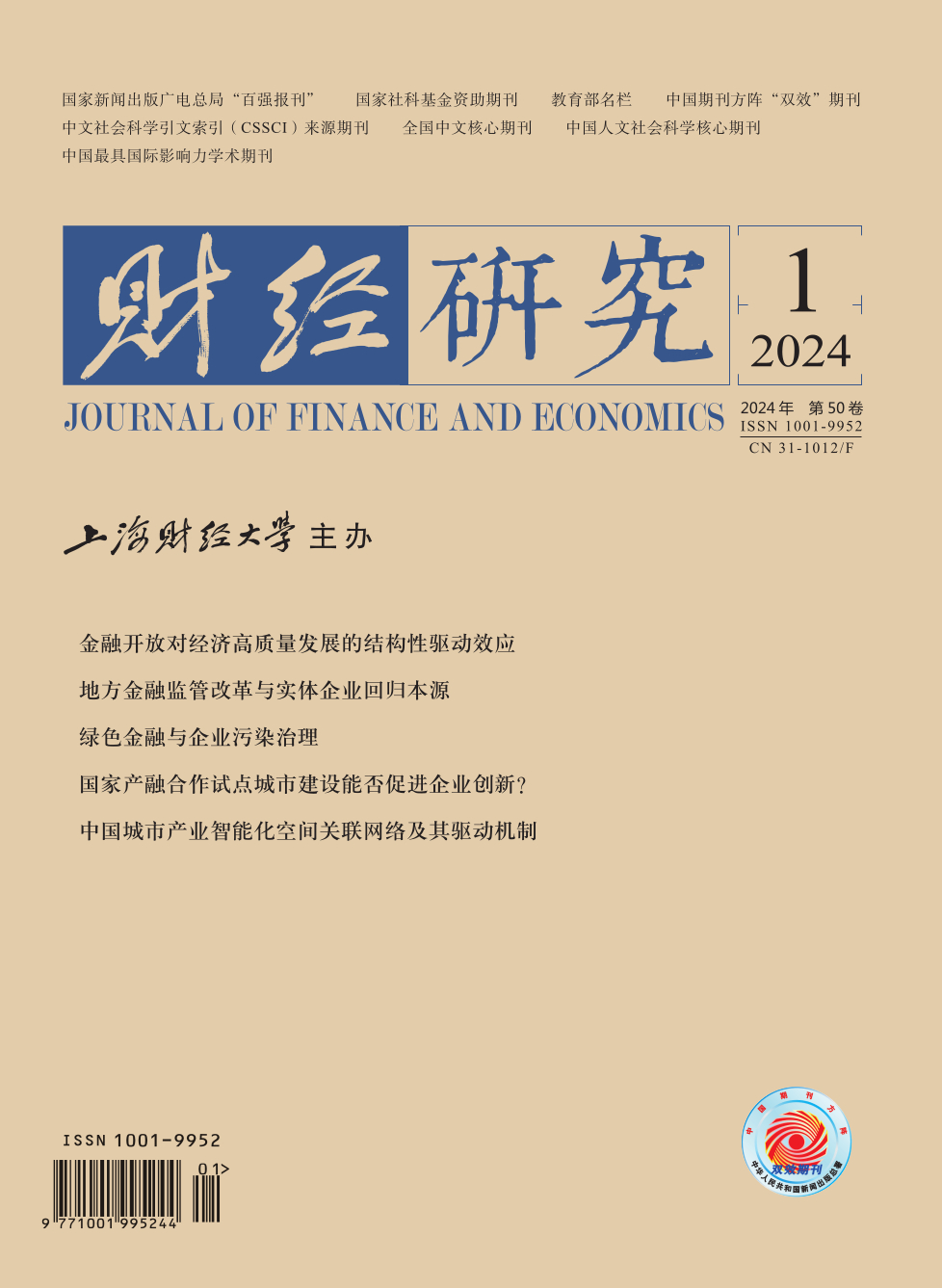In order to promote environmental protection and pollution reduction, and achieve the path of green and low-carbon economic transformation and development, the Chinese government has identified carbon peaking and carbon neutrality goals as a key deployment area for future economic development. Green finance is an emerging financial mode, which can provide financial support and services for environmental protection and sustainable development, promote the financing and development of firms’ green projects, boost the green transformation of firms in production and operations, and provide scientific support solutions for reducing firm pollution emissions.
Based on the above, this paper takes the Green Finance Reform and Innovation Pilot Zone approved by the State Council as an exogenous policy impact, and uses the DID method to conduct a systematic analysis of the relationship between green finance and firm pollution emissions. In theory, this paper constructs a firm pollution emission model that includes green finance factors, proving the positive role of green finance development in firm pollution reduction. Empirical research finds that the development of green finance significantly reduces the scale of firm pollution emissions. Furthermore, the pollution reduction effect generated by the development of green finance is heterogeneous due to differences in sample financing constraints and pollution levels. Mechanism testing shows that the development of green finance alleviates the financing constraints faced by firms, and achieves pollution reduction through green technology innovation, clean energy utilization, and investment in pollution treatment equipment from the front-end control and the end governance of firm production. At the same time, there is a spillover effect in the development of green finance, with the spillover scope limited to within 200 kilometers. The study indicates that green finance is an effective way to promote the improvement of firm pollution control capabilities. Green finance can rely on green credit institutional arrangements to guide firms to carry out green technology innovation through diversified, high-level, and in-depth green credit services, thereby improving credit resources to support firms with strong green innovation potential, and then achieving multi-faceted production pollution control for firms. Therefore, encouraging banks and other financial institutions to vigorously implement green finance policies is necessary for China’s future economy to move towards a green and low-carbon development path.





 4666
4666  5911
5911

